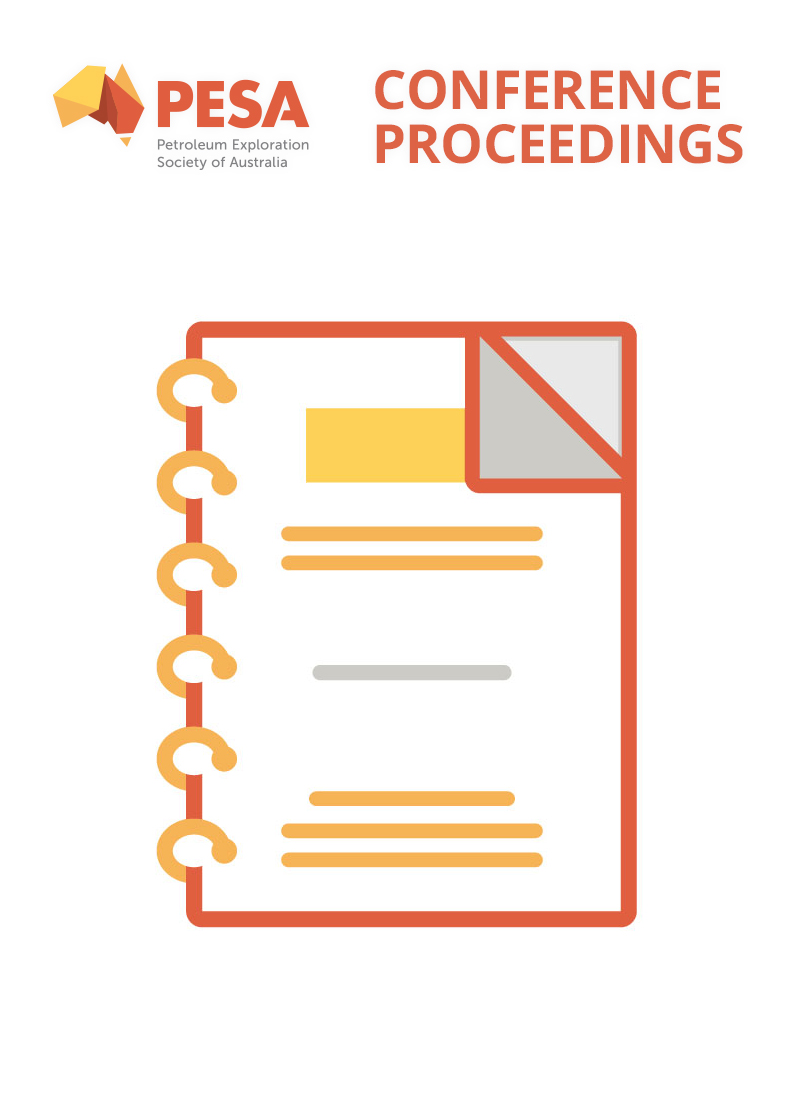Publication Name: PESA Symposium QLD 2022
Authors: Titus Murray, William L. Power
Date Published: September 2022
Number of Pages: 109
https://doi.org/10.36404/LMYZ2214
Abstract:
Modelling the Impact of Faults on Near Surface Aquifers in Environmental Impact Statements for Unconventional Oil and Gas
Unconventional oil and gas developments may require considering the potential hydrological impacts of faults on near-surface groundwater assets. It is vital that faults are represented appropriately. There are several examples where faults have been invoked as part of “Straw Man” arguments to oppose development (Currell et. al. 2017 and Iverach et. al. 2020). The processes of dewatering and hydraulic fracture stimulation may generate preferential pathways for flow that impact aquifers and groundwater dependant ecosystems. As part of this, a clear framework for the assessment of the impact of faults has been provided in Murray and Power 2021. This study presents three distinct end-member geological scenarios and outlines methods for characterising faultrelated groundwater flow within a risk assessment context.
1) Regional aquitard isolates aquifer from development. Low risk of leakage across the aquitard because there are no faults, or the faults have displacements less than the thickness of the aquitard.
2) Region-wide aquitard is not present, the development and the groundwater assets are within the same groundwater system. CSG development may cause pressure to propagate parallel to the strike and dip of the fault in the fault damage zones.
3) Regional aquitard(s) are present, but larger displacement faults breach the aquitards, allowing for possible combinations of across-fault connections between the different aquifers, and between aquifers and the coal seams. In this scenario, potential flow pathways between the groundwater and the development need to be characterised using Allan Maps (fault plane profiles).


